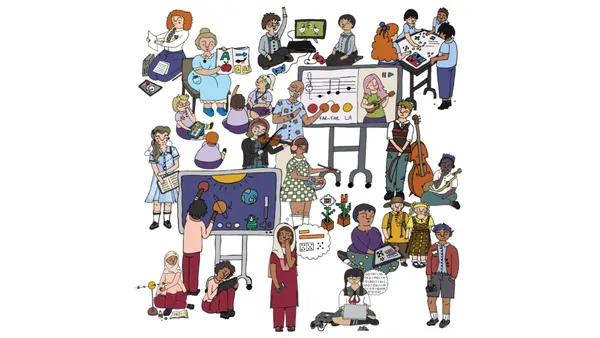Dive Brief:
- After nationwide efforts to make the teacher evaluation process more rigorous, there has been little change in how many teachers are rated as ineffective, Michael Kraft, an assistant professor at Brown University, says in a recent Q&A for Education Next.
- What has changed is that rating systems now show differentiation — instead of satisfactory or not satisfactory, systems now have levels, such as “developing” or “needs improvement” and “exemplary” or “distinguished,” which he says puts an emphasis on continuous improvement.
- The question is whether these changes are coming with any additional systematic methods for helping teachers overcome their weaknesses or build on their areas of strength. “We have created new information [on teacher performance] that we didn’t have before that could be used to that end—observations of instructional practices, student surveys,” he says. “It’s just unfortunate that it’s not the norm to use the information more systematically for targeted feedback.”
Dive Insight:
Under No Child Left Behind, states could qualify for a waiver if they factored student achievement data into teacher ratings. And it’s because many states linked test scores to educators’ evaluations that many teachers turned against the evaluation process, Kraft says in the piece. In fact, by 2015, teacher evaluations in 43 states included some measure of student growth, according to a recent policy snapshot from the Education Commission of the States.
Now under the Every Student Succeeds Act, states have the flexibility to design their evaluations however they want, and by the end of 2017, several states were moving toward limiting or completely removing achievement data from their evaluation systems, ECS reports. Arkansas and Kentucky removed student growth requirements, for example, while others are still including student achievement as one of multiple measures.
Kraft says in the interview that promising evaluation models include giving teachers time to observe each other and provide feedback to their peers, and changing school leadership models so that one principal focuses on instruction and another focuses on operations. He also suggested giving principals multiple options when making decisions in response to teacher ratings. “There’s a lot of value in providing principals with more information about teacher performance and then equipping them with the ability to allocate resources and support systems for those teachers that need to improve their practice,” he says.












